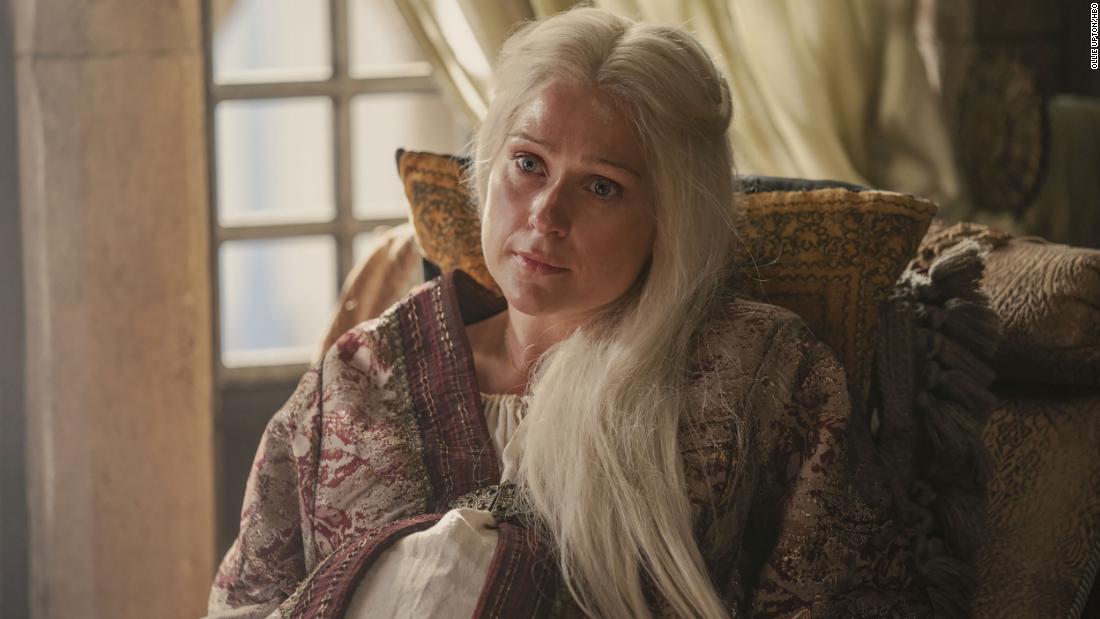
Whenever a fantasy story treads too far into gruesome violence or plain old human exploitation, storytellers like to trot out four little words:
Is sexual and reproductive violence historically accurate to the medieval age? To an extent, yes, as records show. But so are myriad other things that seem to conveniently fall off the storyboard when it’s time to add authenticity.
Other historians point out that, as prurient and gasp-worthy as something like a crude C-section death is, such butchery wasn’t as prevalent as storytellers would have you believe.
Texts from the time indicate that such extreme measures would usually be performed on women who had already died — not, as in “House of the Dragon,” a fully awake and alert woman with no clue what was about to happen to her.
Janega points out that, while medieval times were certainly not overkind to women or anyone else who wasn’t rich, powerful and male, they weren’t the burlesque of suffering we’re so used to seeing on screen.
“‘Accuracy’ is always focusing on the distasteful aspects of a society, but never the pleasurable ones,” she says. “(It) somehow always encompasses sexual violence and never things like, for example, the three field system, or fishing weirs. They don’t really show how women other than the nobility are a dynamic part of the medieval workforce. Women are found in pretty much every facet of medieval work: as blacksmiths, running shops, brewing beer, in cloth production, running bath houses or in trading delegations addressing the court.”
“It would be more accurate to say that this is fiction, but it reflects the society which is creating the art, and that society is packed to the rafters with sexual assault, rather than implying that it simply has to be done in the name of bearing witness to a misogynistic past that we no longer experience,” Janega says.
It’s easy, and maybe a little comforting, to look back a few hundred years and decide that things were far worse across the board. While much of that is true, records show we carry a multitude of misconceptions about the medieval and surrounding eras that make our current reality seem much more sophisticated in contrast.
Of course, it’s worth remembering that fantasy doesn’t have to resemble history at all. If the vast recesses of imagination can birth ice giants and bring the dead back to life, it can surely invent a world where social structures aren’t defined by ever-present suffering. And if there must be fire and blood, perhaps there are more creative — nay, even more historically accurate — ways to depict it.
